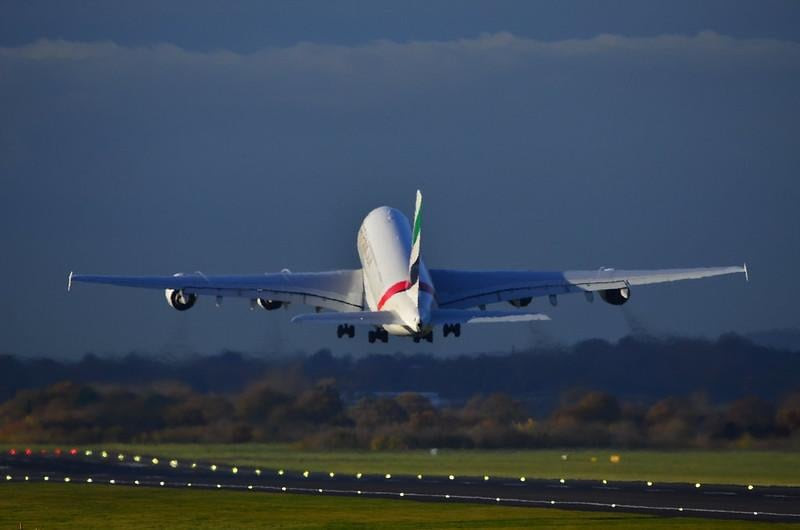I saw this in my email. Emirates is asking for a bigger plane and they are targeting Airbus. Boeing just shut down the 747 line and Airbus quit making the A380 because it was a money loss for them. Most airlines can't or won't afford super widebodies, the routes don't support them. Emirates and the other Middle Eastern Airlines are heavily subsidized by their host countries so they can afford to buy big airplanes whereas the United States and to a lesser extent the European airlines are not subsidized by their host countries nor the Asian Airlines.

FARNBOROUGH—Emirates president Tim Clark has again called on Airbus to develop an aircraft larger than the A350.
With large-capacity widebodies such as the A380, A340-600 and Boeing 747-400 out of production, rising passenger numbers demand a new twin-aisle design, Clark said at the Airline Leaders Summit on the sidelines of the Farnborough Airshow.
“I’m hoping Airbus will be a little bit braver,” he said.
Airbus and Boeing seem largely focused on narrowbodies, to the exclusion of new widebody designs, he said. “To say it’s all about the A320/321 and the MAX, in my view, is not that smart.”
IATA director general Willie Walsh, who also spoke at the summit, agreed there were parts of the world where a 350-seat, four-class aircraft would be needed in future.
The two executives also took shots at Airbus and Boeing over how they leverage their duopoly.
“We’re customers, and I don’t feel we’re always treated as customers,” Walsh said, noting that Bombardier built “a good aeroplane” with the CSeries, but was unable to compete against Airbus and Boeing. Ultimately, Airbus bought the CSeries program and renamed the aircraft the A220, which is selling well as an Airbus.
Walsh said that China’s COMAC C919 would eventually become a competitor, “but I think it’s a long way away.” And while China could design airframes satisfactorily, engine development remained a problem, which meant that for the foreseeable future, China would continue to depend on western engine manufacturers.
Typical government blaming private industry. Or maybe not since both Airbus and Boeing benefit from being joined with gov, subsidies being only one aspect.
ReplyDeleteEmirates wants a larger aircraft. One would wonder why did the airline not capitalize on the widebodies when they were available, including spares and mx labor and facilities.
Too, given the lax market for the larger airframes, what Emirates is asking constitutes a boutique production which the builders won't do. Now maybe if Emirates would sign for 100+ units they may have a bargaining position.
Then there is another condition which must be resolved; that of hub airports expressing desire to draw down on capacity. A single aircraft may bring 400+ pax plus cargo. The A380 well demonstrated the various problems of rwy, taxiway, and terminal capacities, not to mention the gates themselves.
[Personal anecdote: People have expressed disbelief but I was there, I saw it with my own eyes, and I counted. I do not remember which airline nor airport; perhaps LAX arriving from Asia.
A 747 had disgorged a bit more than 500 pax. It was an astonishing amount of meat plus luggage.]
Consider while that gate was strained, other aircraft were coming and going. I expect a flight that large would be a once per day affair since it represents a great challenge to capacities of airport and ground transportation, and other.
Emirates appears as a wild card in the game of finding a balance between performance and capacity. That they even shift blame elsewhere is perhaps an indication of their acceptance of the status quo; in times past, one would leap into action to fix the problem once discovered. However, it also appears that Emirates, and most airlines have little control over the various aspects therefore they must lay the solution, and the blame, at the feet of others.
The A380s were problems from day one, not only for the airlines, but the airports that 'tried' to serve them.
ReplyDelete